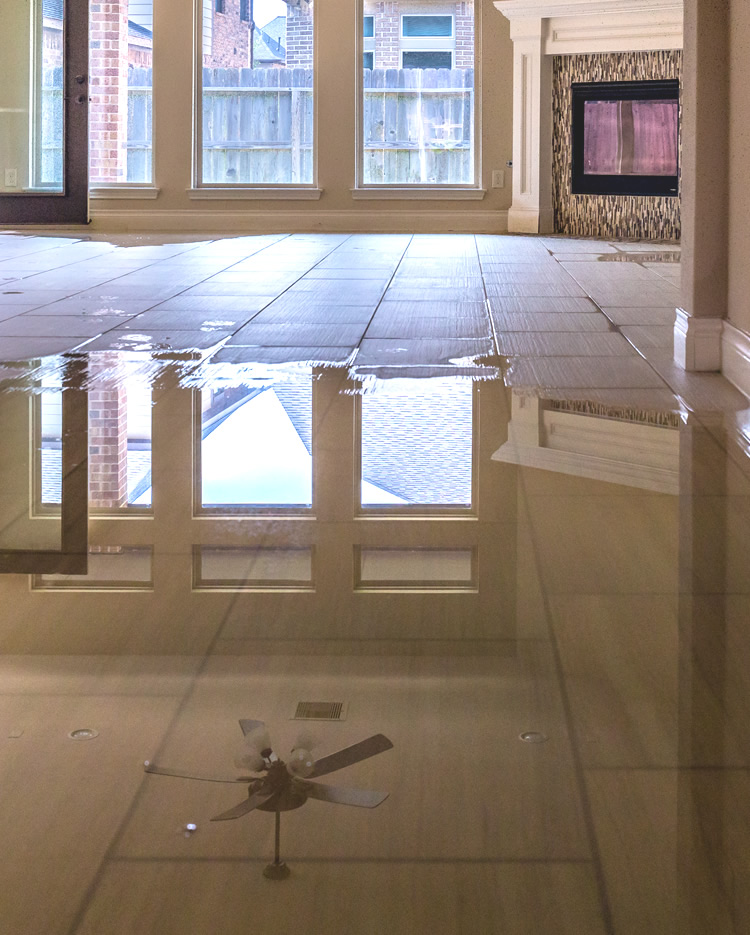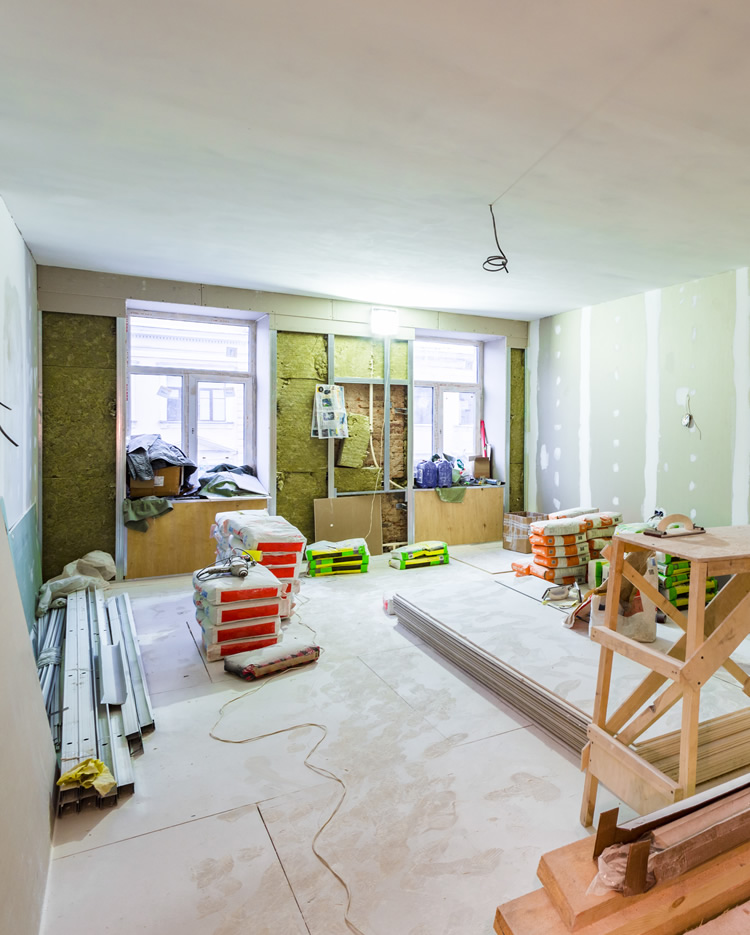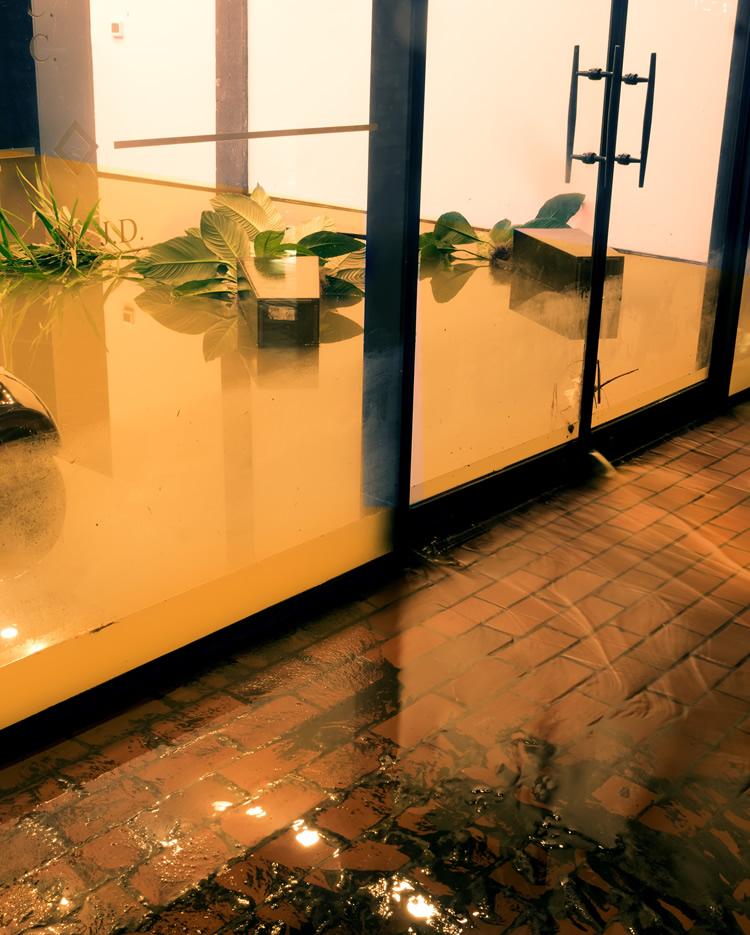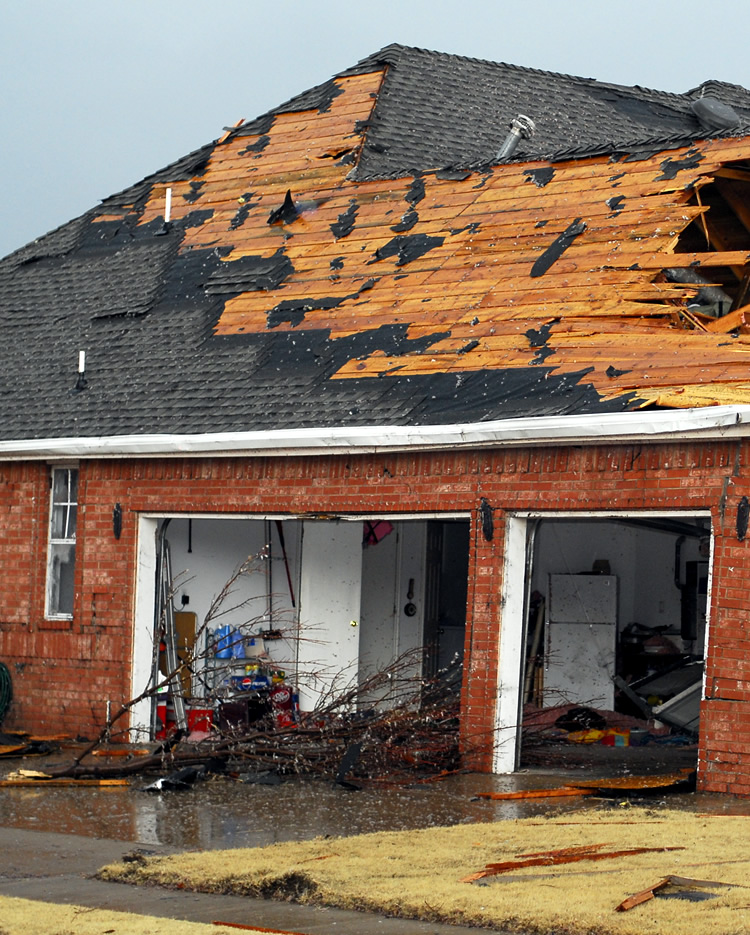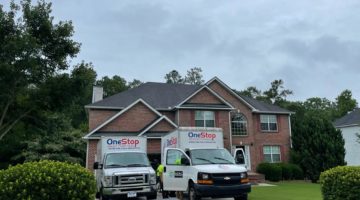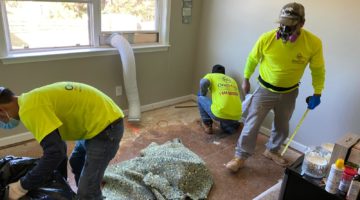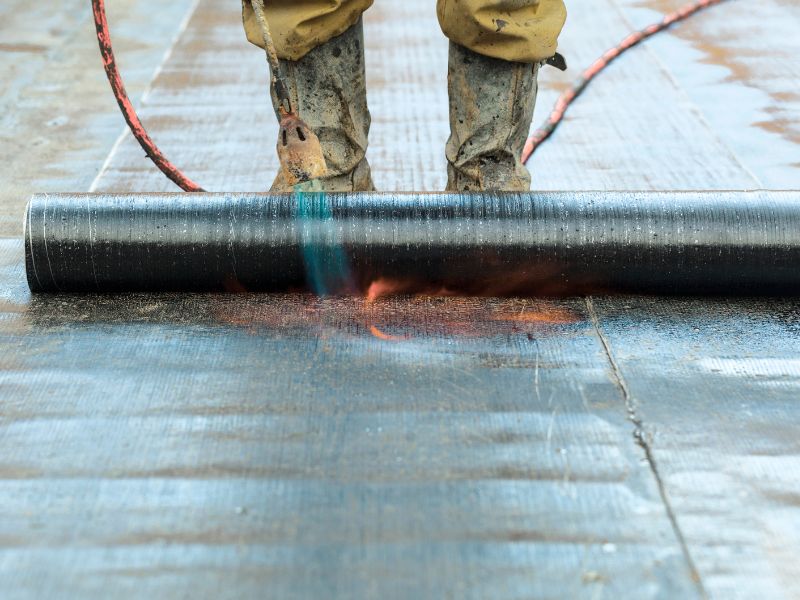
Blog post
Waterproofing Services
If you live in an area prone to home water damage, like we do here in Atlanta, you might be wondering how a waterproofing service can help. What areas of your home can be protected with waterproofing? How much does it cost? And what does the process entail?
If you’re ready to protect your home from rain and flooding and lower the risk of secondary problems, like mold and pests, One Stop Restoration, your local Atlanta Restoration Company is here to help keep your property in great shape.
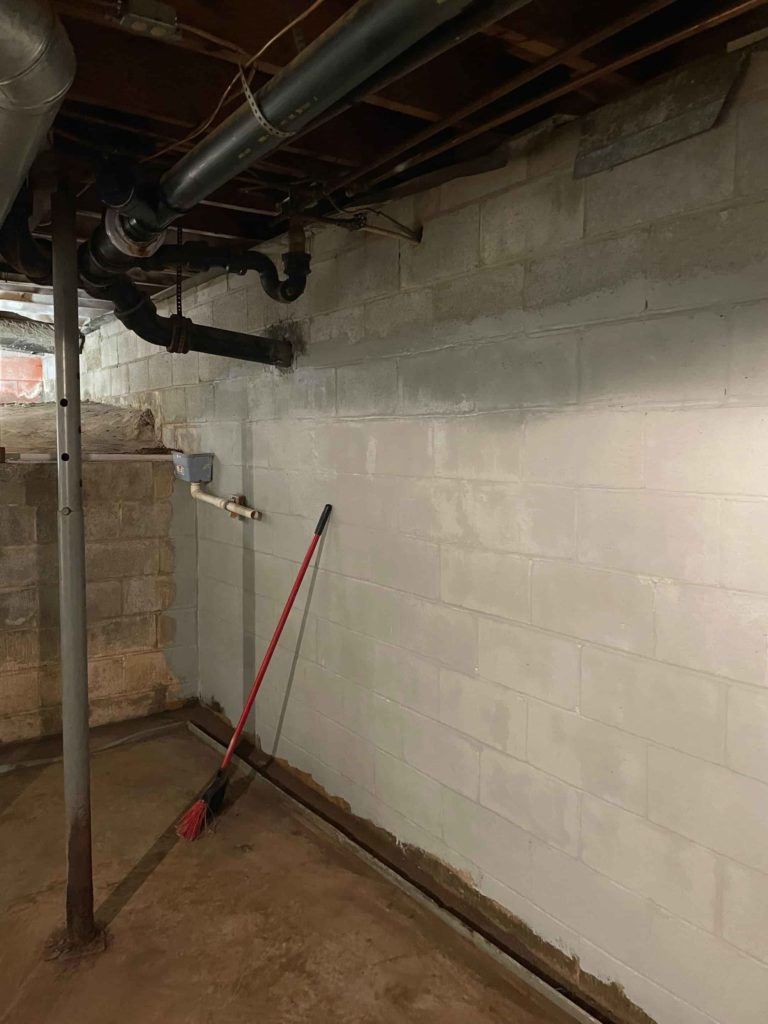
What is home waterproofing?
As you probably guessed, home waterproofing is a process that makes your home less likely to sustain water damage. This can be achieved not only by making your walls and foundation impermeable to water, but also by ensuring that your home has proper drainage in the case of excess water.
Ideally, waterproofing is done when your home is first built, when the foundation is still exposed. But, if you live in an older home, your home has sustained damage, or the original builders didn’t do as good a job as you might have liked, you might need to waterproof your home to prevent damage.
Without addressing the problem, you can put your home at risk for extensive water damage in the case of a flood or slow long-term damage that comes from moisture seepage. Both scenarios can lead to mold, electrical problems, and structural damage.
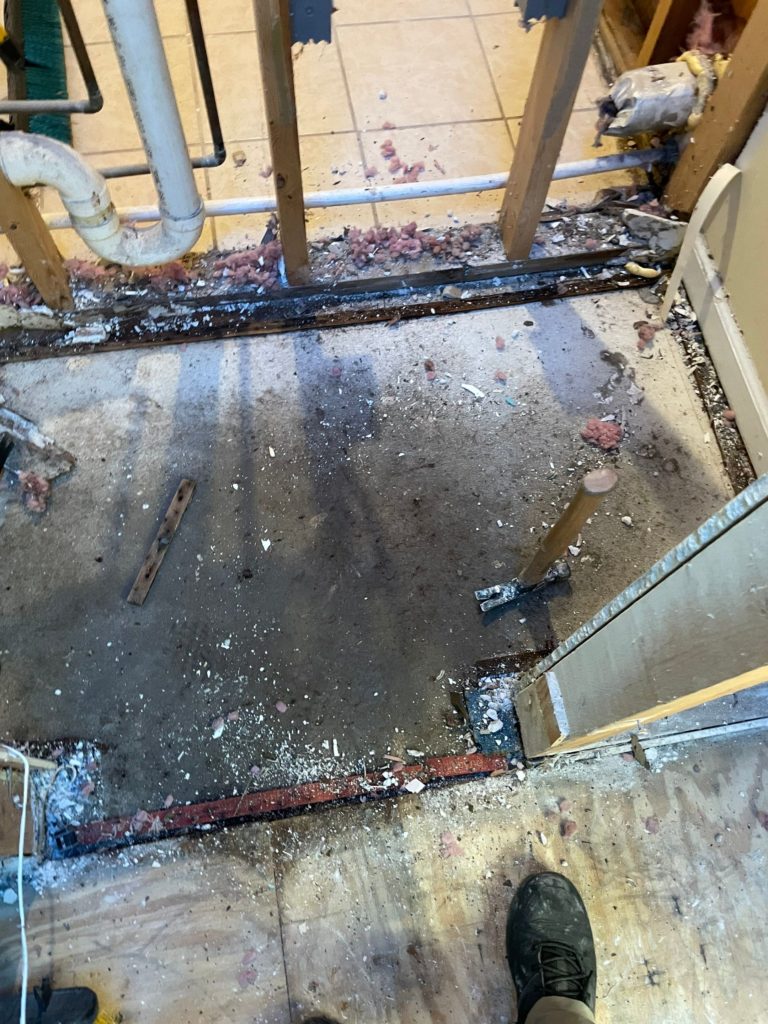
How do you know if you have a water problem?
Homes that have not been properly waterproofed or need an update to their waterproofing may show the following signs:
- Visible moisture in the basement or crawlspace
- Mild flooding or water pooling during rain storms
- A musty smell in any area of the house
- Visible cracks or damage to the foundation of walls
- Water stains on the walls or floor
- Doors not closing properly because of swelling or warping
- A sump pump that isn’t working properly or seems to be running all the time
Each of these symptoms point to a water problem in your home that should be addressed as soon as possible. The longer you wait to have your waterproofing done, the more costly the repairs could be later down the line. Eventually, you could be dealing with serious damage to your foundation.
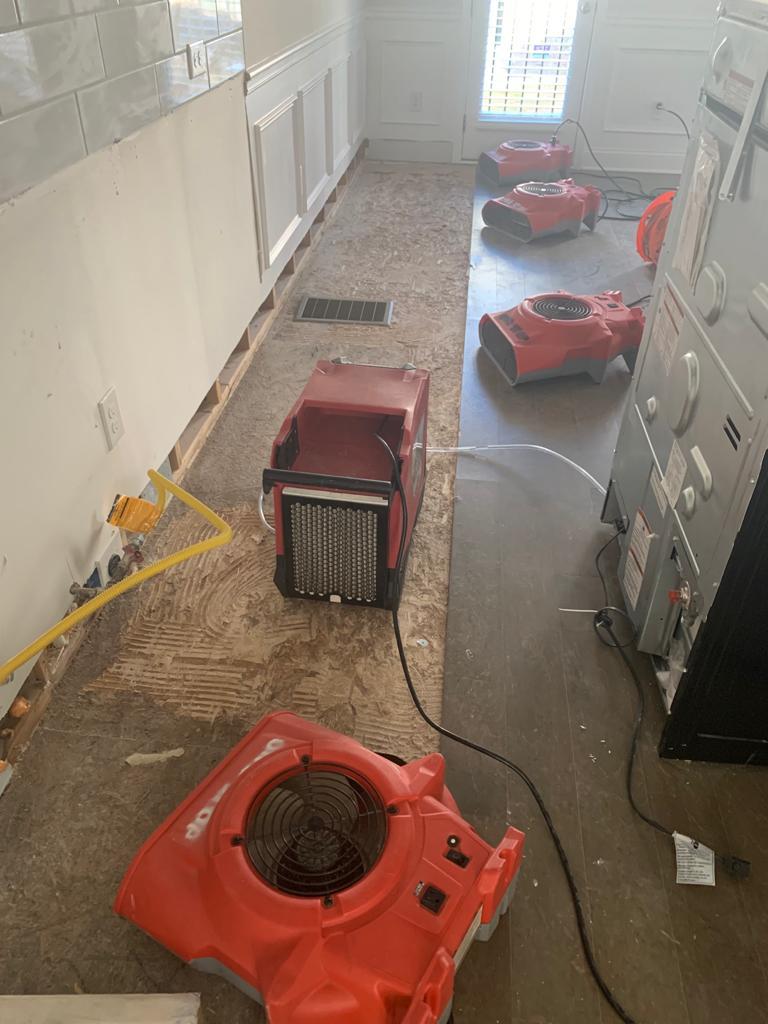
What areas of your home need waterproofing?
The part of your home that is most susceptible to water damage is your basement. That’s because this part of the home is surrounded by moisture-containing soil.
Thanks to the red clay found here in Georgie, the challenge of maintaining the structural integrity of a basement with all that moisture precludes many homes from having one at all. The good news is, if you don’t have a basement, it’s one less part of the house you’ll need to waterproof.
That said, if you don’t have a basement, chances are, you have a crawl space instead. This area can also be susceptible to water build-up that leads to mold, pests that are attracted to standing water, and structural damage.
Finally, you can waterproof your bathrooms to prevent moisture from escaping and damaging other parts of your home.
Still curious about what waterproofing entails? Let’s talk about some of the waterproofing services that might be right for you.

Basement waterproofing steps
If you’re having water problems in your basement, here are a few steps that you can anticipate as part of the waterproofing process:
- Assessment of the damage. Your restoration team isn’t likely to get to work until they’ve assessed what is actually going on in your basement. Is there simply a problem with the sump pump or do they need to do a more in-depth excavation and waterproofing process? If it appears that there may be structural damage to your foundation, they may also recommend calling in a structural engineer to help with the assessment and prognosis of your property.
- Excavation and Cleaning. If it’s determined that your basement needs a full waterproofing service, the first and most intensive part is excavation. The team will need to expose your foundation so that they can work on the concrete. They will also power-wash the walls in order to better see any leaks or cracks in the concrete.
- Repair of any cracks or damage. Once the basement walls have been exposed and cleaned, the team can inspect and fix any damage before applying the waterproofing measures.
- Application of waterproofing seal. At this stage, your team will go about waterproofing your basement walls with specialized sealants. This typically involves more than one application.
- Installation of a better water drainage system. Your team may suggest upgrading your sump pump system and installing weeping holes in the basement walls to facilitate proper drainage.
At the end of the process, your basement will be in a much better position to withstand water seepage from the surrounding soil and instances when there’s a high volume of water in your area from a storm or flood.
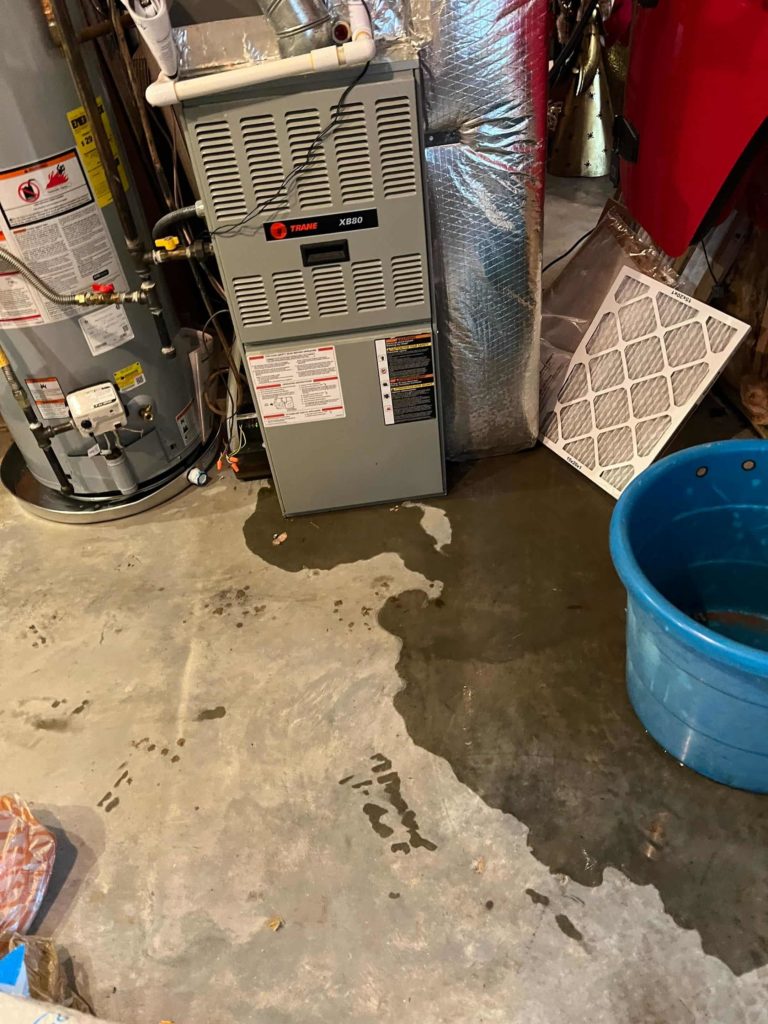
Crawlspace waterproofing
Crawlspace waterproofing is sometimes called encapsulation, and it involves the following steps:
- As with basement waterproofing, your team will need to inspect your crawlspace to put together a restoration plan.
- Installation of proper lighting and electricity in the crawlspace. Unlike in a basement, crawlspaces are small, cramped, and not as easily accessed by the tools your team will need for the job. So, they may spend some extra time setting up the site ahead of time.
- Removal and replacement damaged materials in the crawlspace. If there are wood pieces that have been damaged from water or humidity, they’ll need to be carefully removed and replaced. This step may also include remediation of mold and the removal of any debris that’s been trapped under the home.
- Replacement of old moisture barrier or installation of a new one. The moisture barrier is a waterproof lining that will cover the entire floor and part of the wall. Chances are, your crawlspace already has a moisture barrier that no longer works or has become damaged. The old one will need to be removed and replaced. During this stage, your team may also choose to apply foam insulation to better protect your crawlspace from moisture.
- Installation of a dehumidifier system. Keeping moisture out of the air in your crawlspace is an important part of the waterproofing process. Your remediation team will know exactly how to install a dehumidifying system that will ensure proper airflow.
- Installation or repair of sump pumps. Having a working sump pump is crucial to keeping water from accumulating in your crawlspace. Your team may recommend repairs to your existing sump pump or the installation of an additional one in special cases. They’ll also drill weep holes along the crawlspace walls to encourage better drainage.
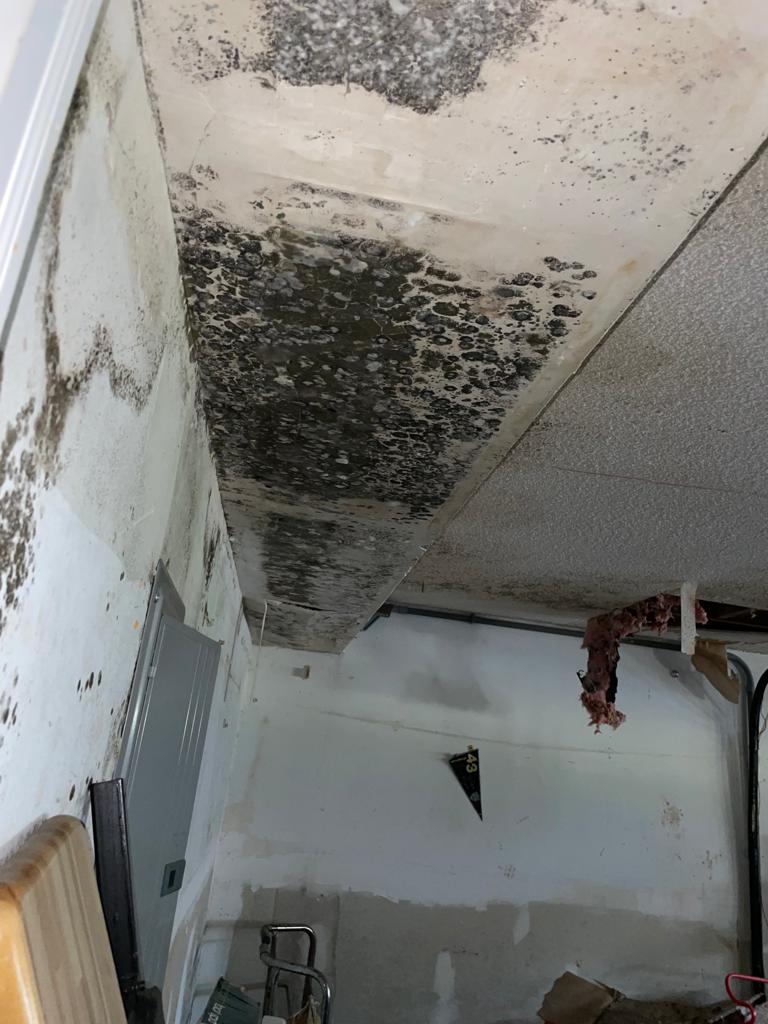
Bathroom waterproofing
Waterproofing the rooms inside your home is a lot different from the work your team will do in the basement or crawlspace. Ideally, this kind of job will be done when you’re renovating a bathroom, as you’ll need to access the drywall and flooring underneath the tile. Here are some of the additional steps:
- Cleaning and preparation of the space. First, your team will clear the room of any debris or dust.
- Application of concrete to which the waterproof membrane will adhere. The waterproof membrane that your team will be installing needs to have a surface to adhere to. This is typically a layer of unmodified concrete that will act as the glue between your drywall and your waterproof membrane.
- Application of a waterproof membrane. Your team will use a waterproof and vapor-proof plastic-based membrane that will act as a barrier between your tilework and the underlying substrate.
Tiling and caulking. Once the waterproof layer has been applied, it’s time for your restoration team to finish the job. This will include laying the finishing tile and caulking all corners to make your bathroom completely waterproof.
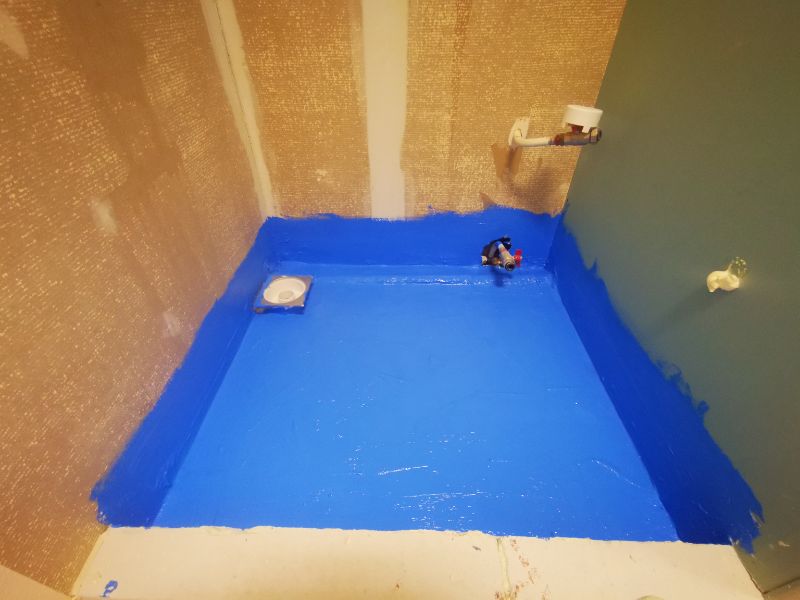
How much can you expect to pay for waterproofing your home or business in the Atlanta metro area?
Waterproofing your home typically will cost a few thousand dollars or more. While expensive, it’s a crucial line of defense in water damage and can prevent existing leaks from causing more costly damage later on.
Here are a couple of factors that will help determine your estimated cost:
- The size of your home
- Whether there are any cracks or damage that need to be addressed before waterproofing
- Any mold problems that will need remediation before waterproofing
- The kind of waterproofing system you’re interested in installing
- Whether you are waterproofing a basement, crawlspace, or bathroom
Because there are so many factors that go into the final cost of waterproofing, it’s a good idea to call for a quote so that you can talk to a professional about your unique property. Your reliable local Restoration Company in Atlanta will be happy to discuss your needs to make sure that you know what the cost is before getting started.
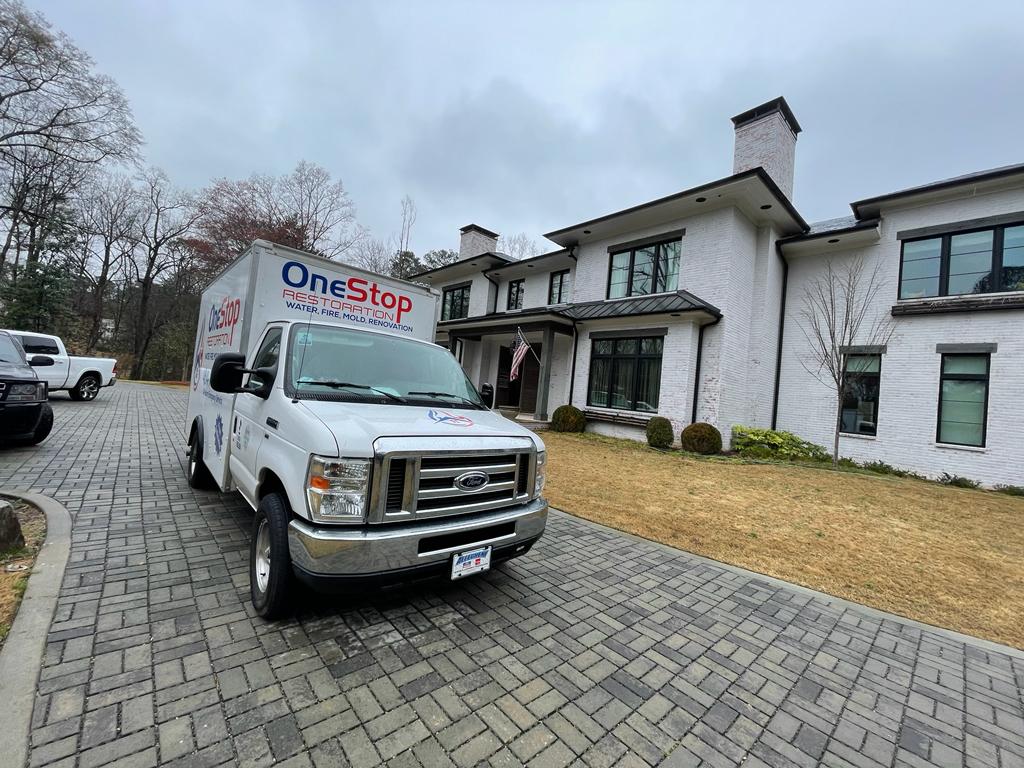
More questions about how to waterproof your home?
Waterproofing can take many shapes and forms, which can make it a confusing service for many homeowners. Don’t worry. One Stop Restoration has years of waterproofing experience here in Atlanta metro area, where we know just how important it is to keep your home safe from water damage. If you have more questions about your waterproofing options for your basement, crawlspace, or bathrooms, don’t hesitate to give us a call.
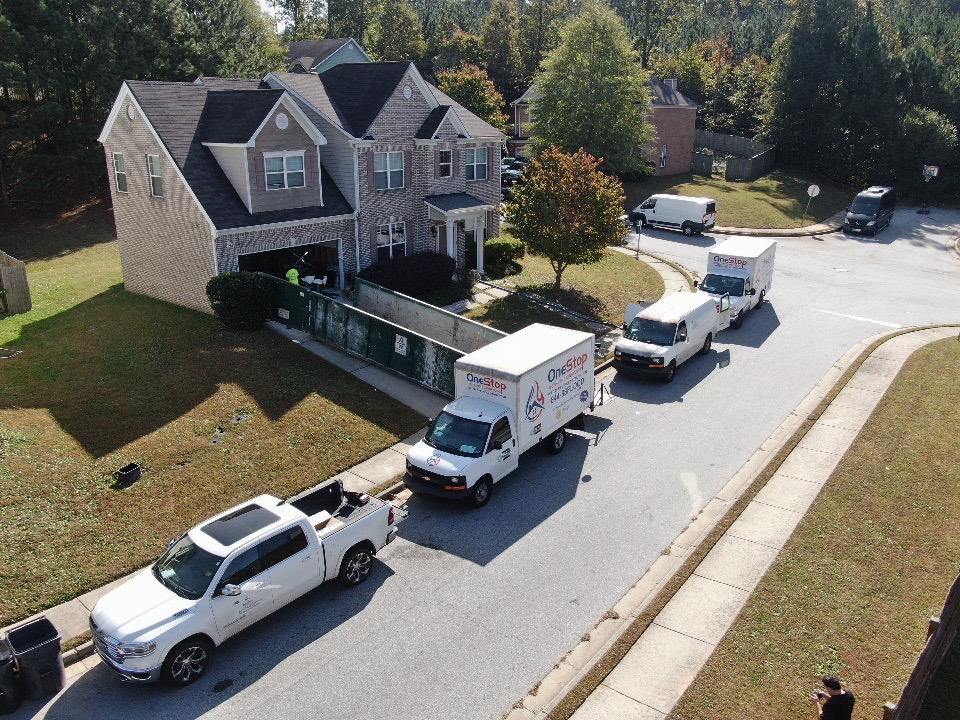
TESTIMONIALS
What our customers say
Kit Harington
Atlanta, Georgia - HomeownerWhy One Stop Restoration?
We are the right fire and smoke restoration firm for your emergencies because of the following:
- 24/7 Availability
- Experience
- Modern Equipment
- Quality Insurance Cover
OUR BLOG
Latest news from us
Cigarette Smoke Smell Removal
Blog post Cigarette Smoke Smell Removal for Home and Office If there’s one odor that will make your home...
Water and Flood Damage
Blog post Top 5 Things to Know About Water and Flood Damage Don’t be left wondering what to do...
Mold Remediation
Blog post Mold Remedation As a homeowner, the mere mention of mold might give you a cold sweat. It’s...

